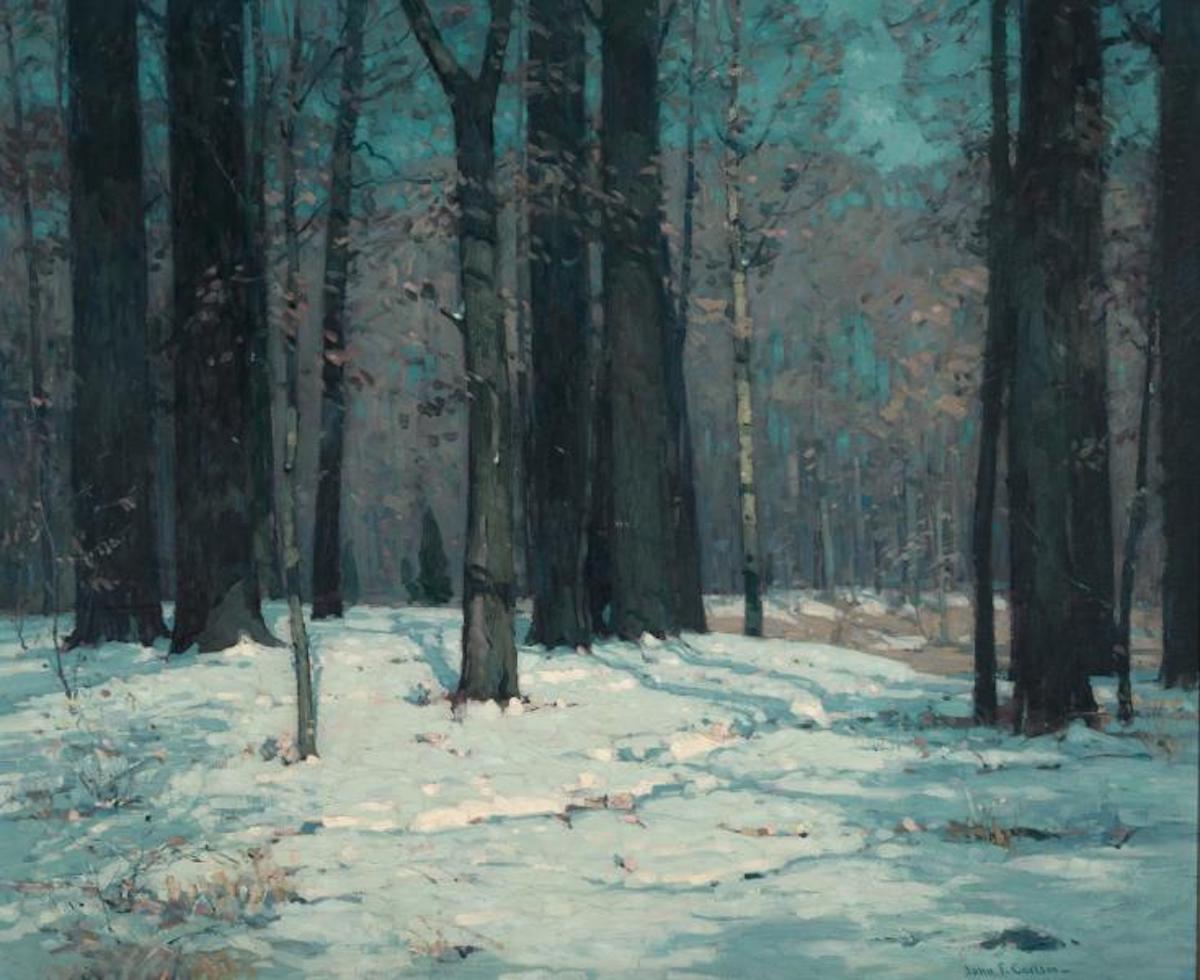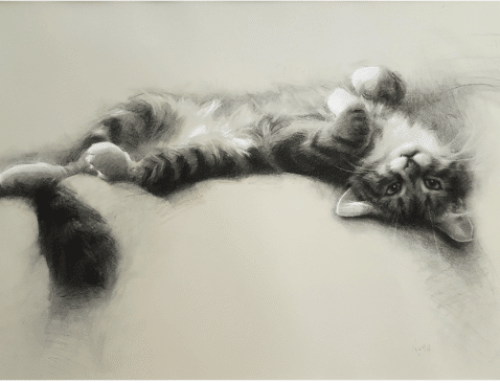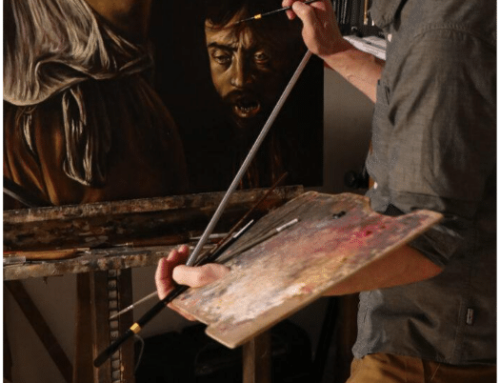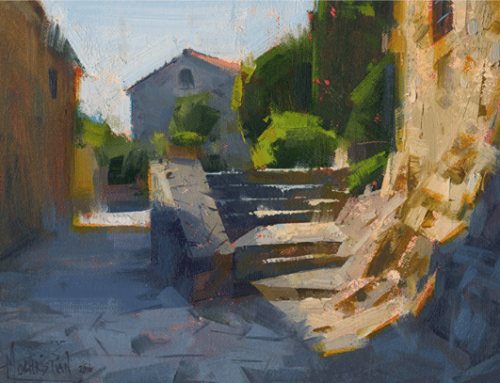“Painting landscapes really just translates into painting trees, and I’m done with it!” said no one actually, because today is April Fool’s Day! But there’s a kernel of truth in this axiom, and for my money there’s no better authority on the secrets of painting believable trees than 20th century painter, author (and evidently tree-whisperer) John Carlson.
“It is curious how one’s feelings about trees change,” Carlson writes in his classic Carlson’s Guide to Landscape Painting, “in proportion to one’s appreciation of their importance and dignity as live beings. Trees are individual beings: they can be comic, heroic, tragic to the sensitive, practiced eye of the landscape artist.”
See, the thing about Carlson is that he doesn’t tell you how to paint the trees, he tells you how to know the trees – and THAT makes all the difference in how you paint them. Carlson’s chapter on trees is actually titled “Trees: How to Understand Them.” This man was the Doctor Doolittle of the oaks, maples and pines.
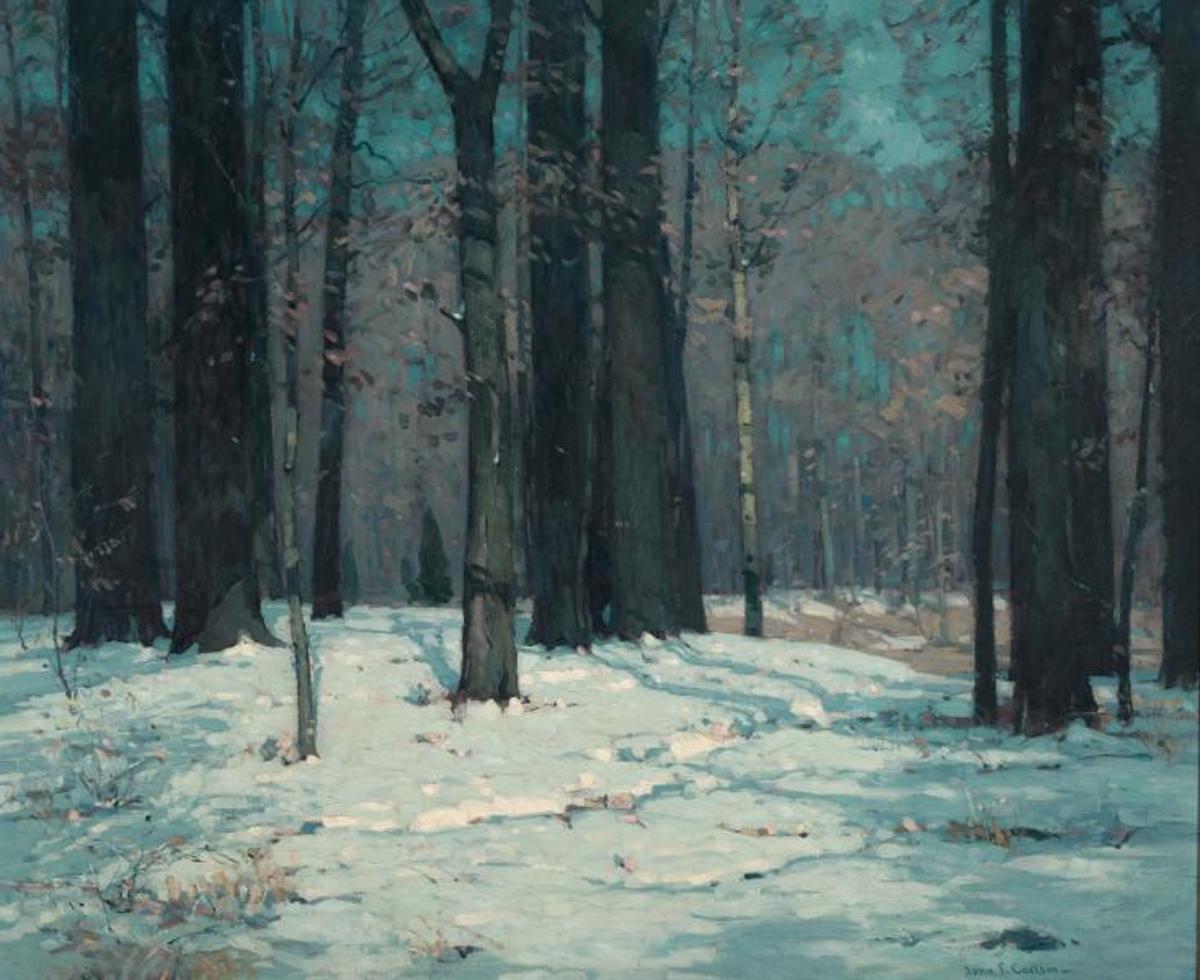
John F. Carlson, Woods in Winter, ca. 1912, oil on canvas, Smithsonian American Art Museum, Gift from the Trustees of the Corcoran Gallery of Art (Museum Purchase, Gallery Fund), 2020.20.16
“Know your trees,” Carlson urges the artist, “their nature, their growth, their movement; understand that they are conscious, living things, with tribulations and desires not wholly disassociated from your own.”
It sounds like whimsical woo-woo but it isn’t. Carlson’s essay will teach you how to make the best trees you’ve ever done. Consider the following next time you’re about to paint a forest interior or any group of trees standing together:
“A tree seldom or never encroaches upon the liberty of another tree, if it can be avoided. Usually ‘both parties’ settle equitably, and without ‘due process.’ A tree recognizes that its liberty ends where the next tree’s liberty begins.”
“A tree never wastes its growth in unnecessary twistings, nor in frivolous waste of energy,” Carlson observes. “If a tree is seen to twist and turn (within its type’s specific scope), these turns and twists are intimately connected with, or in rapport with, the turnings and twistings of a neighboring tree. This engenders a certain rhythm or flow of related lines in a wood.”
Trees – How to Understand Them
Trees – How to Understand Them is filled with similar passages of delightful prose and rare insights that will definitely improve your tree painting.
Carlson ensures that to the sensitive reader, a stand of trees will never be just, “a heterogeneous multitude of vertical sticks.”
Such are the unlooked-for rewards of becoming an artist: the small gifts that enrich daily life. As to the ultimate insight, Carlson offers the following hint:
“The specific life-germ that established the differing species in differing climes is as mysterious today as ever. We have, as Carlyle says, proceeded but a hand’s-breadth into the mysteries of nature.”
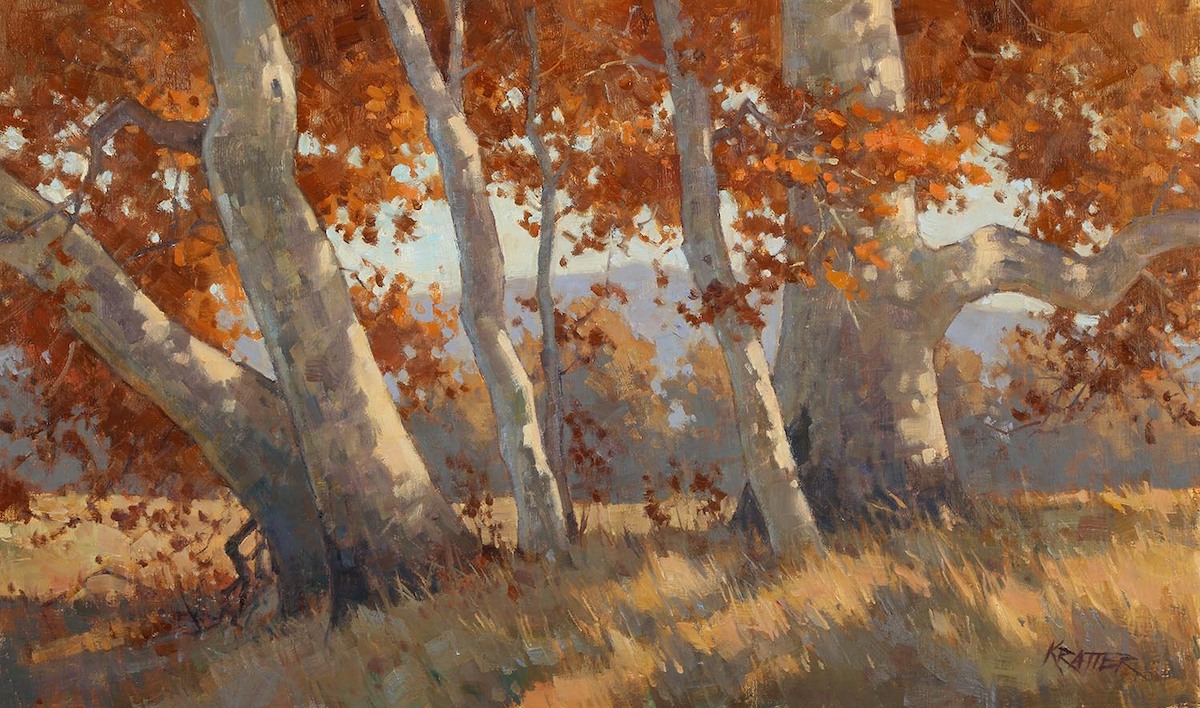
Paul Kratter Under the Sycamores, 12×20 inches, oil on panel. Kratter shares his own processes and insights for masterful tree painting on video.

